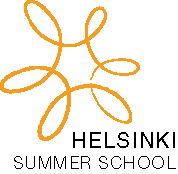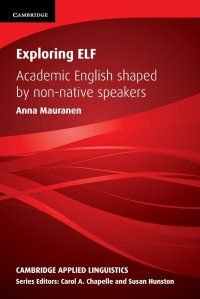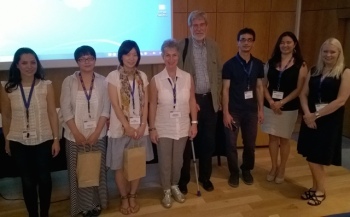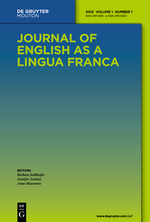
“Billard” by No-w-ay in collaboration with H. Caps – Own work. Licensed under GFDL via Wikimedia Commons.
One of the major lines of English as a lingua franca (ELF) research is how to describe the features of English in interaction between second-language users. With the multitude of accents and variable usage of English you find in the world today, the most obvious quality of ELF talk is its diversity (some say it’s even superdiversity, though I’m campaigning for the shamelessly hyperbolic ultra-mega-diversity-squared). At the same time, people notice that speakers of the same first language (or L1, such as Finnish) often share similar features when speaking English. Thus, you encounter folk linguistic descriptions of L1-specific -lishes – “Finglish”, “Swenglish”, “Spanglish”, etc.
I personally avoid these typically muddled labels, as the only thing that unifies them all is their negative overtone. The term “Finglish” is most likely trotted out when mocking a public figure’s “Bad English” when speaking in international media. But there’s still something to it. It’s a well-studied fact that a person’s first language will influence the learning and use of other languages. Some features of Finnish are commonly heard when Finns speak English; for example, words starting with p, t and k sounds aren’t aspirated in Finnish, and they’re likely not aspirated when Finns speak English. On the grammatical side, you might hear a Finn say “I’m waiting the bus” or “Let’s discuss about this”, which reflect the equivalent case endings in Finnish (Odotan bussia; Keskustellaan tästä).
This doesn’t mean all Finns will display these features, nor does it mean that speakers of English from other first-language backgrounds won’t use them as well (in the ELFA corpus, discuss about occurs 20 times, but only half of those come from speakers with Finnish L1). So how do we describe these -lishes? Some would see them as dialects of English, but there’s a crucial difference between the features of English dialects and the features of L1-influenced English. Keep reading…











